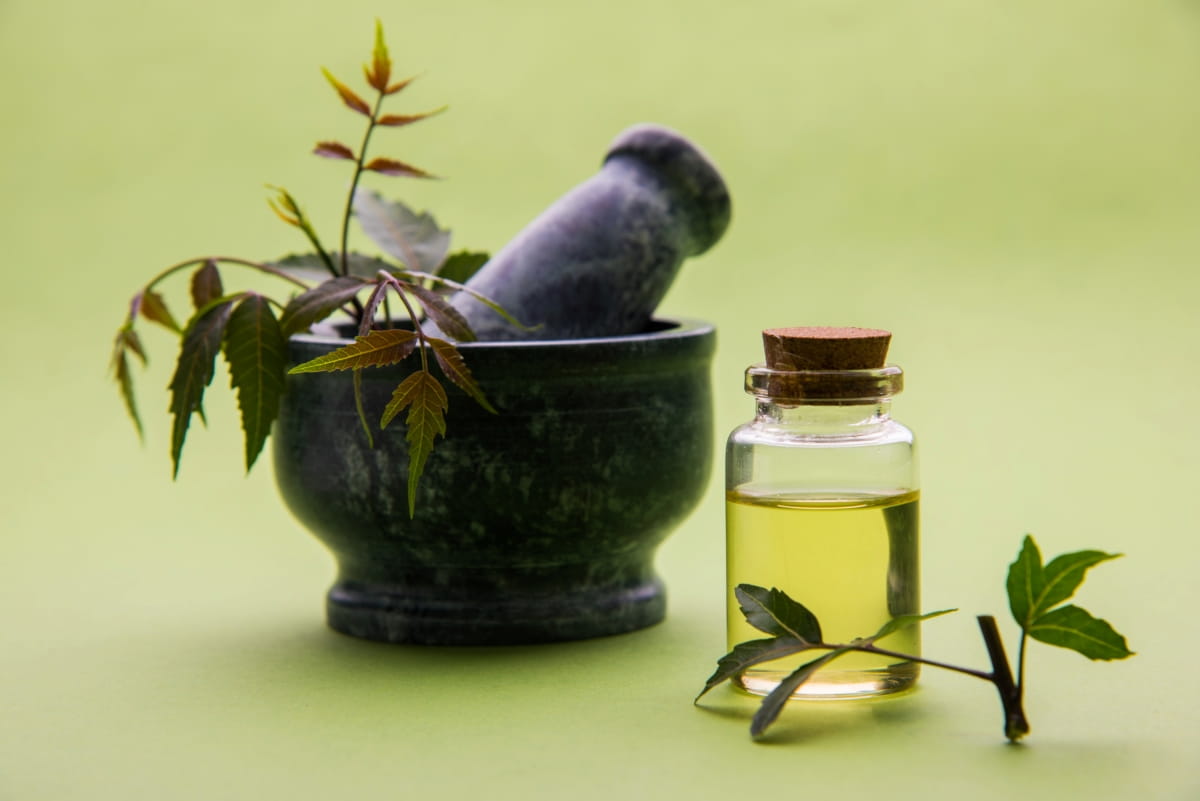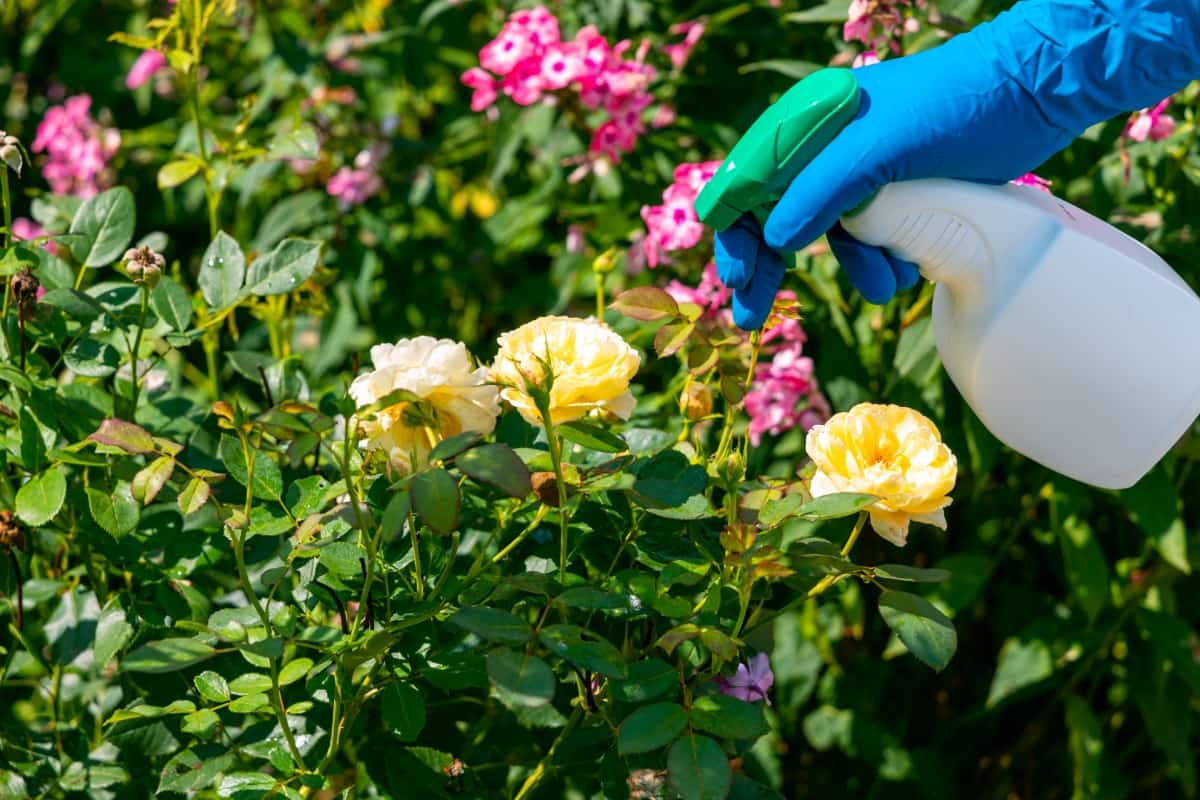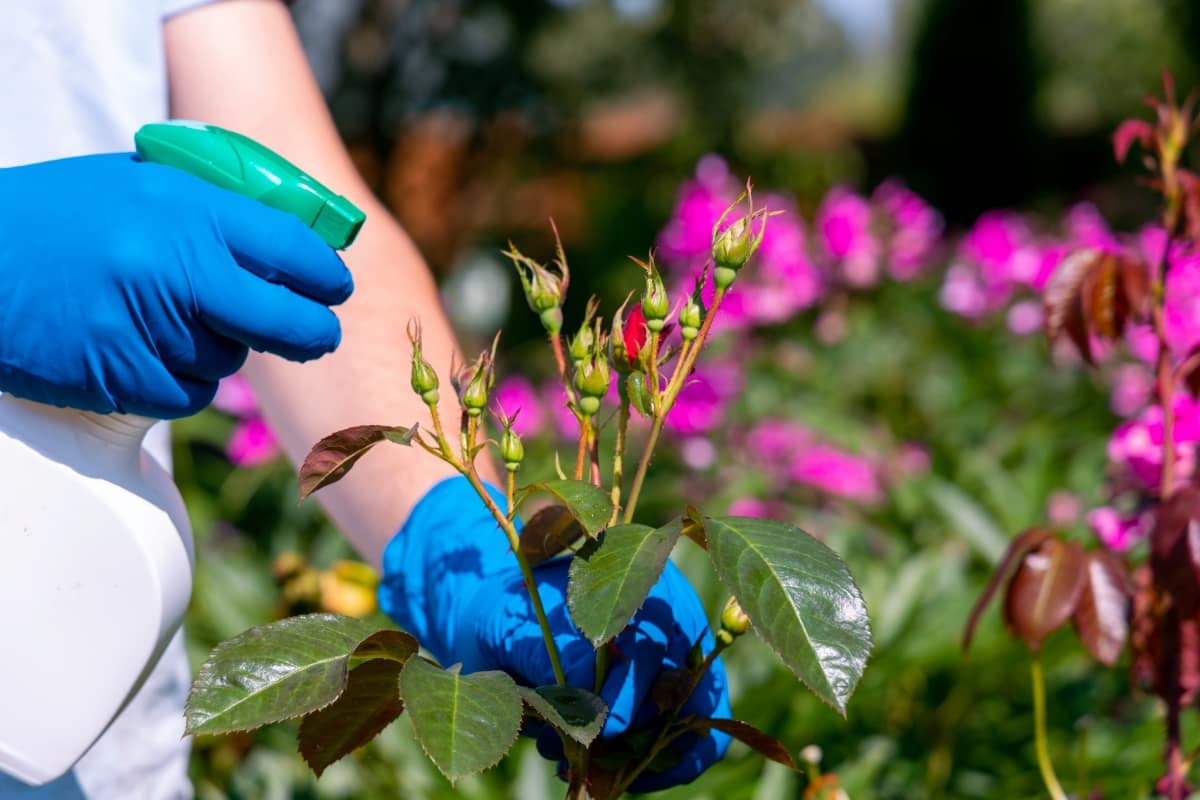Neem oil stands as a natural and effective solution for combating whiteflies on plants. As a derivative of the neem tree’s seeds, this oil boasts potent insecticidal and repellent properties, making it an environment-friendly alternative to synthetic pesticides. Its application serves as a sustainable method to control whitefly infestations, promoting plant health and reducing environmental impact.

Neem Oil Application for Whiteflies Control
Neem Oil and its Benefits for Whiteflies
Neem oil, extracted from the Azadirachta indica tree, has been harnessed for centuries due to its diverse applications, particularly in pest control. Its efficacy against whiteflies lies in its active compounds, such as azadirachtin, which disrupt the growth and feeding patterns of these pests.
Neem oil acts as a potent deterrent, impeding the development of whiteflies in various stages, from eggs to adults. Additionally, it interferes with their ability to reproduce, breaking the life cycle and curbing infestations. Beyond its insecticidal properties, neem oil offers a range of benefits. It serves as a natural fungicide, shielding plants from harmful pathogens.
How to Prepare Neem Oil to Use on Whiteflies
- Begin by choosing a high-quality, organic neem oil. Ensure it is cold-pressed, as this method preserves the oil’s beneficial compounds.
- Create a basic neem oil mixture by combining 1-2 teaspoons of neem oil with a mild liquid soap or insecticidal soap. The soap helps emulsify the oil, ensuring even distribution.
- Dilute the neem oil mixture by adding 4 liters of water. Thoroughly mix the solution to achieve a consistent blend.
How to Apply Neem Oil on Whiteflies
- Choose a suitable applicator, such as a garden sprayer, to cover both upper and lower leaf surfaces.
- Apply neem oil during early in the morning or late in the evening. Avoid application during the heat of the day to prevent potential leaf burn.
- Spray the neem oil solution evenly on the affected plants, covering all parts, including stems and leaves. Pay special attention to the undersides of leaves.
- To break the whitefly life cycle, repeat the neem oil application every 7-14 days or as needed, especially if there is a persistent infestation.
Mixing and Dilution for the Right Concentration of Neem Oil for Whiteflies
Basic Mixture: Start with a basic neem oil mixture by combining 1-2 teaspoons of neem oil with a small amount of mild liquid soap or insecticidal soap. The soap acts as an emulsifier.
Dilution Ratio: Dilute the neem oil mixture by adding it to a specified amount of water. A common dilution ratio is 1-2 teaspoons of neem oil per 4 liters of water. This concentration is effective against whiteflies while minimizing the risk of leaf burn.
Proper Mixing: Stir or shake the neem oil solution thoroughly to ensure proper mixing. This step is crucial to achieve a homogenous blend that can be evenly distributed during application.
Adjusting Concentration: Depending on the severity of the whitefly infestation, you can adjust the concentration of neem oil. For lighter infestations, a lower concentration may be sufficient, while heavier infestations may require a slightly higher concentration.
In case you missed it: How to Use Neem Oil on Blanket Flower Plants: A Natural Way to Get Rid of Bugs from Blanket Flowers

How Long Does Neem Oil Stay Effective on Whiteflies?
It can vary based on environmental conditions, application frequency, and the severity of the infestation. Generally, neem oil remains effective for about 7 to 14 days after application. However, factors such as rain, sunlight, and rapid plant growth can influence its longevity.
Repeated applications at the recommended intervals—usually every 7 to 14 days—help maintain a protective barrier against whiteflies and contribute to breaking their life cycle. It’s crucial to monitor plant health, observe any signs of reinfestation, and adjust the application frequency as needed to ensure continuous whitefly control.
Using Neem Oil Along with Other Pest Control Methods
Beneficial insects: Releasing beneficial insects, including spiders, lacewings, ladybugs, and big-eyed bugs, creates a natural and balanced ecosystem. These predators feed on whitefly nymphs, reducing their population and providing ongoing control. Additionally, spiders build webs that can trap adult whiteflies, further aiding in their management.
Cultural practices: Cultural practices also play a crucial role. Regularly pruning and removing infested plant parts, practicing crop rotation, and maintaining overall plant health contribute to reducing whitefly populations. By combining neem oil with these methods, gardeners establish a comprehensive strategy that not only targets existing whiteflies but also prevents future infestations, promoting a sustainable and resilient garden.
Crop Rotation: Rotate plantings to disrupt pest life cycles. This practice, combined with neem oil applications, helps prevent the buildup of specific pest populations in the soil.
Organic Insecticidal Soaps: Combine neem oil with insecticidal soaps for a dual-action approach. The soap helps to control pests on contact, while neem oil provides longer-term protection.
In case you missed it: How to Use Neem Oil on Tuberose Plants: A Natural Way to Get Rid of Bugs from Tuberose

Some Common Pests and Diseases that Neem Oil Can Control on Whiteflies
- Aphids: Neem oil disrupts the feeding and reproductive processes of aphids, reducing their numbers on plants.
- Scale Insects: Neem oil suffocates and disrupts the life cycle of scale insects, preventing their infestation.
- Spider Mites: By inhibiting the growth and feeding of spider mites, neem oil helps control these damaging pests.
- Leafhoppers: Neem oil deters and disrupts the life cycle of leafhoppers, reducing their impact on plant health.
- Fungal Diseases: Neem oil possesses antifungal properties, making it effective against fungal diseases such as powdery mildew and rust.
- Bacterial Diseases: Neem oil’s antimicrobial properties contribute to controlling bacterial diseases that may affect plants.
How to Monitor the Effectiveness of Neem Oil on Whiteflies
- Visual Inspection: Regularly inspect the treated plants for signs of whitefly activity. Observe the undersides of leaves for adult whiteflies, nymphs, and their characteristic honeydew.
- Population Trends: Monitor whitefly population trends over time. A decrease in the number of whiteflies suggests that neem oil is effectively controlling the infestation.
- Plant Health: Assess the overall health of the treated plants. Neem oil not only targets whiteflies but also promotes plant vigor. Healthy, thriving plants are more resilient to pest infestations.
- Observing Beneficial Insects: Take note of the presence of beneficial insects like spiders, lacewings, and ladybugs. Their increased activity indicates a more balanced and natural control of whiteflies.
Safety Precautions to Take when Using Neem Oil on Whiteflies
- Wear protective gear, including hand gloves and eye protection, to minimize skin and eye irritation.
- Adhere strictly to manufacturer instructions regarding dilution ratios and application frequencies.
- Apply neem oil during cooler periods of the day to avoid potential leaf burn in direct sunlight.
- Conduct a patch test on a small plant area before widespread application. Store neem oil in a dry, cool, and dark place, and it should be away from children and pets.
- Dispose of empty containers responsibly according to local regulations.
In case you missed it: How to Use Neem Oil on Nasturtium Plants: A Natural Way to Get Rid of Bugs from Nasturtiums

Conclusion
In conclusion, neem oil stands out as a natural and eco-friendly solution for combating whiteflies on plants. With its potent insecticidal properties and numerous benefits, including promoting plant health, neem oil offers an effective and sustainable method for controlling whitefly infestations.
- Feed Your Flock for Less: Top 10 Tips to Save on Chicken Feed
- Ultimate Guide to Ossabaw Island Hog: Breeding, Raising, Diet, and Care
- Hatching Answers: The Top 10 Reasons Your Chickens Aren’t Laying Eggs
- Eggs and Economics: Breaking Down the Cost of Raising Backyard Chickens
- Defend Your Greens: Proven Methods to Keep Iguanas Out of Your Garden
- Ultimate Guide to Cinnamon Queen Chicken: A Comprehensive Guide for Beginners
- Ultimate Guide to California Tan Chicken: Breeding, Raising, Diet, Egg-Production and Care
- Ultimate Guide to Marsh Daisy Chicken: Breeding, Raising, Diet, and Care
- 10 Types of Chicken Farming Businesses You Can Start for Profits